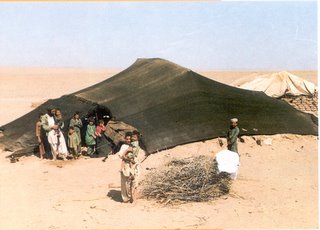Unit Response Approach for Priority Determination of Flood Source Areas
Bahram Saghafian1 and Mohammad Khosroshahi2
1Research Hydrologist, Soil Conservation and Watershed Management Research Institute, P.O. Box 13445-1136, Tehran, Iran (corresponding author). E-mail: saghafian@scwmri.ac.ir
2Research Geographer, Research Institute of Forest and Rangeland, P.O. Box 13185-116, Tehran, Iran. E-mail: khosro@rifr-ac.org
(Accepted 8 June 2004)
Flood damages are usually concentrated along certain reaches of the main watercourse. However, a successful flood-control project must look beyond the damaged reaches by studying the contribution of headwater subwatersheds to the flood magnitude at downstream locations. Flood-control measures may then be initially planned in identified flood tributary areas of the watershed that strongly affect the flood peak at downstream river reaches. A simple iterative simulation technique is introduced, whereby the contribution of each subwatershed unit or group of subwatershed units to the flood peak response can be disaggregated. A flood index may then be assigned to each contributing unit to determine the change in response of outlet flood discharge caused by removal of that unit. The technique is similar to the unit response approach in groundwater studies. The proposed technique is applied to a watershed; and the effect of such different factors as design return period, storm duration, and size of the contributing subunits are examined. The interpretation of results is based particularly on the flood index corresponding to the contribution at the outlet per unit area of subwatersheds. For the watershed under study, the flood index analysis showed that while the differences in the contribution of subwatershed units may be salient for up to 100-year return periods, the contribution per unit area is expected to converge for rare floods. Moreover, subwatershed units that have larger area or that are nearer to the outlet may not necessarily generate higher flood contributions.
©2005 ASCE
doi:10.1061/(ASCE)1084-0699(2005)10:4(270)
Additional Information























